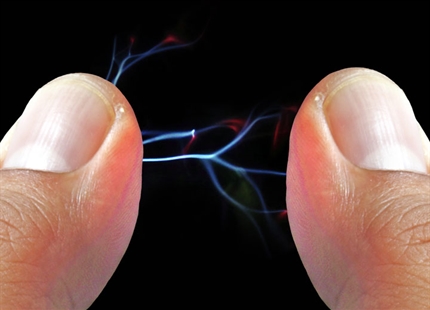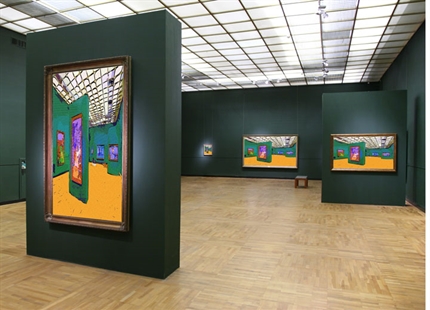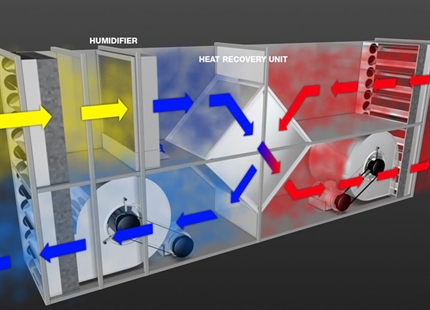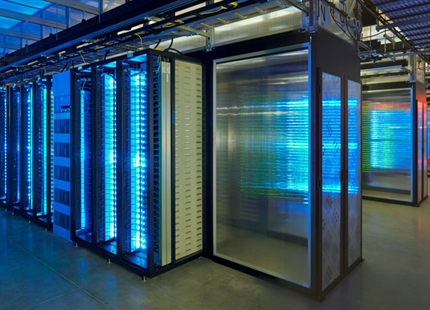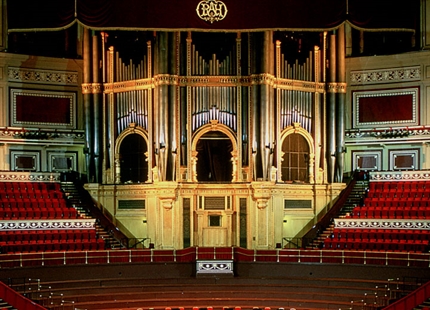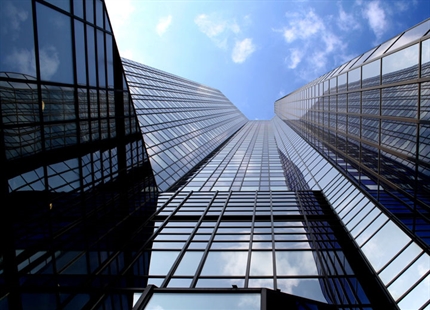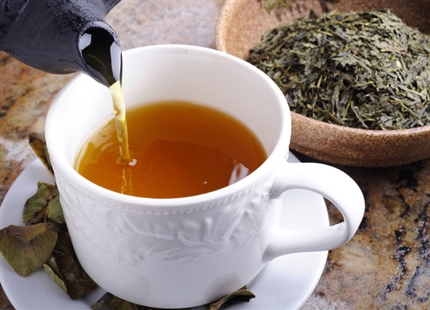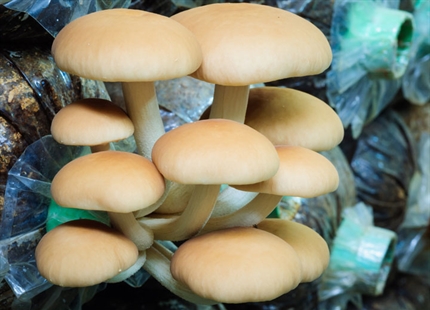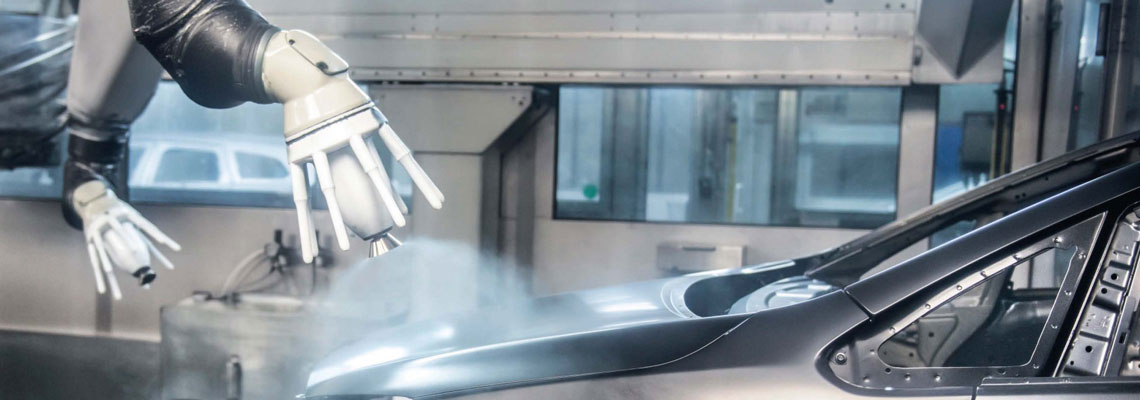
Spray booth & coatings
humidification & humidity control
The widespread use of low solvent, water-borne base coats and paints means that humidity control is essential in spray booths. Relative humidity (RH) levels as high as 65-75% are often used for water-based paints, delivering consistent spray quality by preventing aerosol evaporation and pigment agglomeration, consistent deposition rates and preventing premature drying. Spray or evaporative humidifiers are commonly used for their economy, with steam also used in smaller applications.
High RH is undesirable in the drying process, of course, but when metal components leave the oven the local environment in sanding, repair and inspection areas can be hot and dry. This leads to worker discomfort and electrostatic build-up, drawing dust to the component. Using a humidifier as an evaporative cooler combats both problems simultaneously, both cooling the air for a safer, more productive environment and raising the RH to discharge electrostatic. An inspection deck at 35°C/15%RH can be cooled to 22°C/65%RH economically and effectively using this principle.
Electrostatic painting and powder coating booths
Economic and environmental imperatives such as waste reduction, overspray control, particulate recovery and solvent reduction, mean that electrostatic paint and powder coating is now very widely used, particularly in large industrial applications in robotic, manual and conveyor booths. The process is dependent on maintaining a differential charge between the powder and earthed item, giving good coat uniformity directly and indirectly, minimal overspray and reduced waste.
If the RH is too high, then the effects of electrostatic charge are disrupted, coat adhesion is affected and higher flow rates required for the same finish. In low relative humidity, the charging characteristics of the corona are affected so the powder does not become properly charged, and there is lower transfer efficiency between the powder and items being coated, leading to inadequate film thickness and Faraday cage effects. Costs rise and waste increases. Low RH also provides the potential for arcing.
For electrostatic paint and powder coating, a relative humidity between 45-60% RH is ideal, at 20-25°C.
Dipping and electroplating
In multistage coating and surface treatment processes, metal items are moved from tank to tank. In hot, dry climates the lack of moisture in the atmosphere can cause a job to dry prematurely and unevenly, particularly if there is a delay and work cannot be moved on to the next stage. This leads to uneven drying at the surface, causing staining and affecting the surface in subsequent process tanks. Stripping and reworking the piece is time-consuming and wasteful. Maintaining a relative humidity in the air of 50-60%RH prevents rapid surface drying.
Controlling the painting and coating environment
Commonly, control over air temperature and relative humidity will be provided by an air handling system, fitted with a humidifier, delivering conditioned air directly to one or more spray booths. This might be supplied by the booth manufacturer or designed separately and supplied by an air handling unit (AHU) manufacturer.
For individual spray booths within a premises, an associated AHU may be incorporated or a positive pressure containment room in which materials and equipment can also be kept is built around the booth, conditioned to provide the appropriate temperature, RH and air filtration.
For advice on humidity control, Condair is the world’s leading specialist in the field, with many years’ experience of working with paint spray booth manufacturers, AHU manufacturers and end users to improve productivity in painting and powder coating.
Benefits of humidification in spray booths and surface coating include:
- Reduction in static build-up and less dust adhesion to surfaces
- Reduction in spray evaporation between spray nozzle and surface
- Prevention of premature and uneven drying
- Evaporative cooling effect in sanding decks and inspection areas
- Optimum environment for electrostatic painting and powder coating
- Improved production efficiency, reduced sanding requirement, lower paint cost and improved finish

